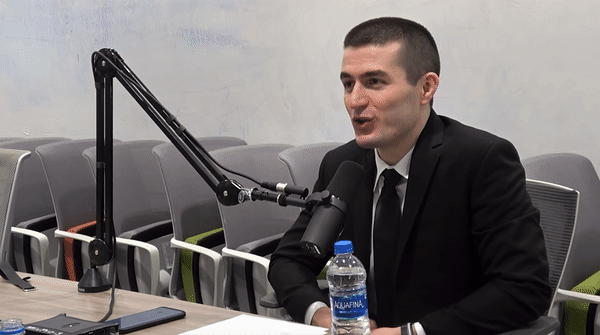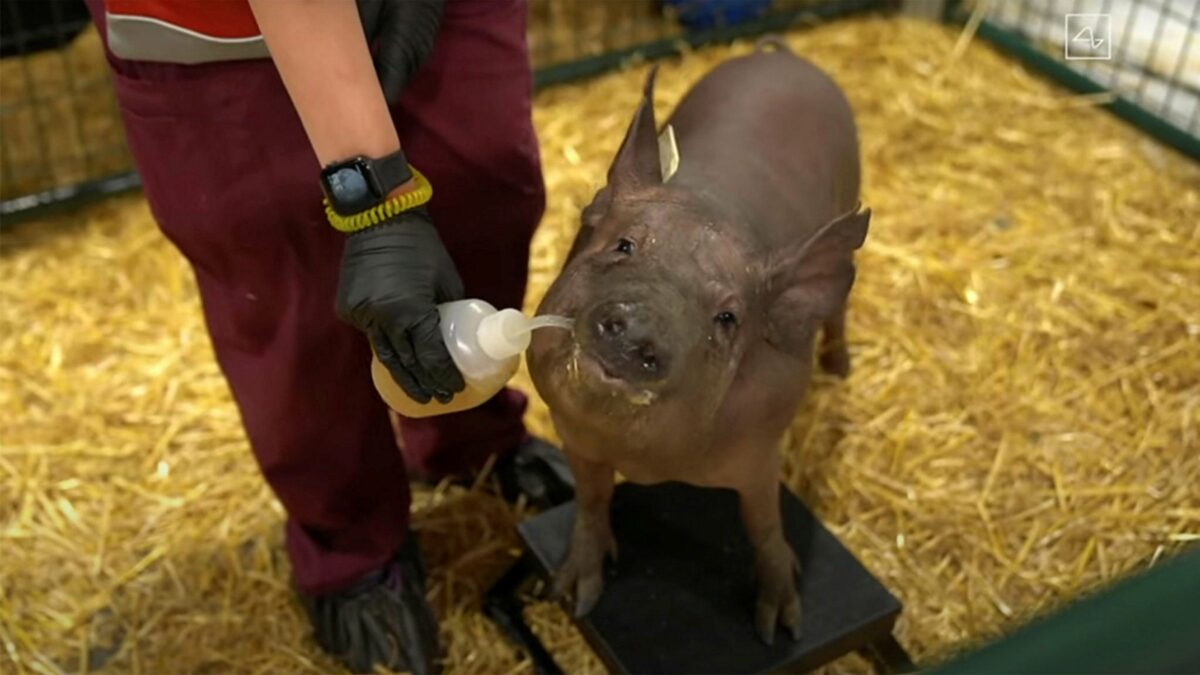As BIM-student, it is very likely that you are interested in topics like coding, Deep Learning, Artificial Intelligence, Machine Learning, human-robotic interaction, or Autonomous Vehicles. If by any chance you also enjoy listening to podcasts, you might be in luck:
I highly suggest you to check out the Lex Fridman Podcast.

Lex Fridman is an AI research scientist at the Massachusetts Institute of Technology, often better known as MIT. He works on developing deep learning approaches to human sensing, scene understanding, and human-AI interaction. He is particularly interested in applying these technologies in the field of Autonomous Driving.

If you know the Joe Rogan Experience, you likely are already familiar with Lex. Having worked for both Google and Tesla, Lex Fridman understands the business application of digital technologies. He uses his podcast to share this knowledge with his audience and discusses his fascination with a variety of interesting guests. This can be particularly interesting for us as Business Information Management students, as we also form the future bridge between business ventures and technological innovation. The podcast discusses similar topics like we get taught in class, sometimes going more in depth, with international research experts in those particular fields.
If you enjoy podcasts, these are some examples of Lex Fridman Podcast episodes that I highly recommend you to give a listen as a BIM-student:

- Episode #31 with George Hotz: Comma.ai, OpenPilot, Autonomous Vehicles.
Famous security hacker. First to hack the iPhone. First to hack the PlayStation 3. Started Comma.ai to create his own vehicle automation machine learning application. Wants to offer a $1000 automotive driving application, which drivers can use on their phone.
- Episode #49 with Elon Musk: Neuralink, AI, Autopilot, and the Pale Blue Dot.
Elon Musk. Tech entrepreneur and founder of companies like Tesla, SpaceX, PayPal, Neuralink, OpenAI, and The Boring Company.
- Episode #114 with Russ Tedrake: Underactuated Robotics.
Professor of Electrical Engineering and Computer Science, Aeronautics and Astronautics, and Mechanical Engineering at MIT.
- Episode #120 with François Chollet: Measures of Intelligence.
French Software Engineer and researcher in Artificial Intelligence, who works for Google. Author of Keras – keras.io – a leading deep learning framework for Python, used by organisations such as CERN, Microsoft Research, NASA, Netflix, Yelp, Uber, and Google.
These were just several examples of episodes that I enjoyed myself.
The benefit of a podcast is that you can listen it basically anywhere, and can stop listening at any time. If you are not familiar with podcasts yet or with the listening experience they offer, maybe the Lex Fridman Podcast could be your first step into this experience.
You can find the episodes of the Lex Fridman Podcast here: https://lexfridman.com/podcast/
Or check out Lex Fridman’s Youtube channel here: https://www.youtube.com/user/lexfridman
The above sources have been used as sources for this post.





